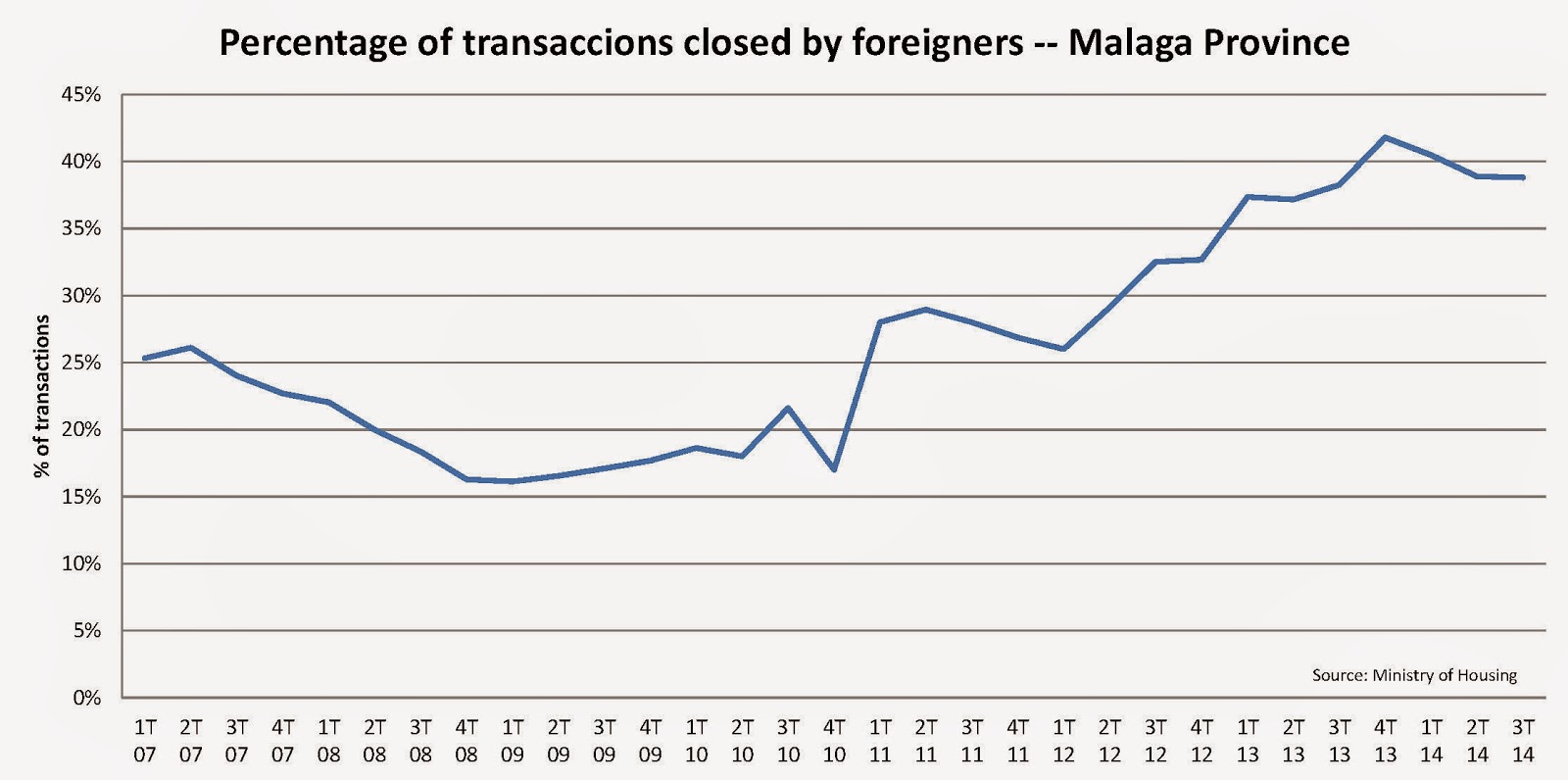I have to say that the news that appeared on November 7th regarding the annulling of the Marbella’s 2010 PGOU (General Plan-ning Permission) were a shock to me and to not only the people in the business of real estate but also to all inhabitants in Marbel-la. The 16.500 homes that the previous 2010 Plan had, in different ways, legalized are again out of plan.
Although it is not easy, I will try to summarize the reasons given by the Supreme Court of Spain at its sentence:
Legalization of the out of Plan properties
The Supreme Court ruled that the Architect and the Technicians that completed the PGOU do not have enough powers to decide about the out of Plan constructions and how to make them fully legal.
Unconsolidated Urban Land
It is again about the same concept as before. The Technicians can not change the concept of what is a Unconsolidated Ur-ban Land.
The Compensation system to legalize out of Plan properties
The compensation system established to alter the property law was rejected as can not depend on the provisions drawn by the planner. It is again going back to the same principle, the technicians that produced the Plan can not alter the status of illegally constructed properties.
Environmental Report
The Plan does not comply with European requirements on environmental evaluation as it does not evaluate alternatives to what the Plan actually proposes.
Report about the Economic Sustainability
A Report on the Economic Sustainability of the Plan has to be included in the Plan and was not prepared nor incorporated.
In summary, and leaving apart the two last technical reasons, what the Supreme Court sentenced is that the Planner is not em-powered to legalized what was illegally constructed. As a final comment, I would say that I have been a number of times in the last weeks at the Planning Office of the Townhall and they are working extremely hard to find a way out to the situation created although it is not going to be an easy one as there are many legal implications.


















